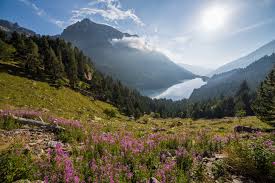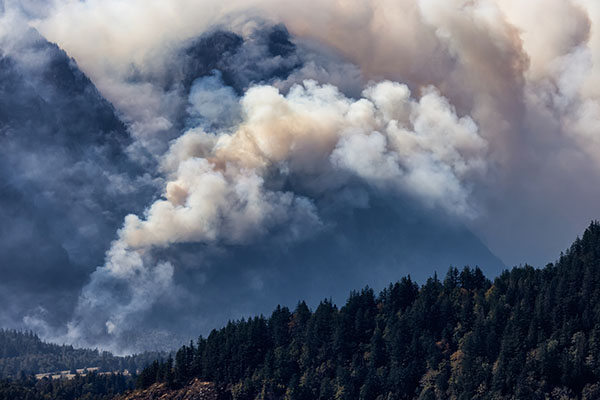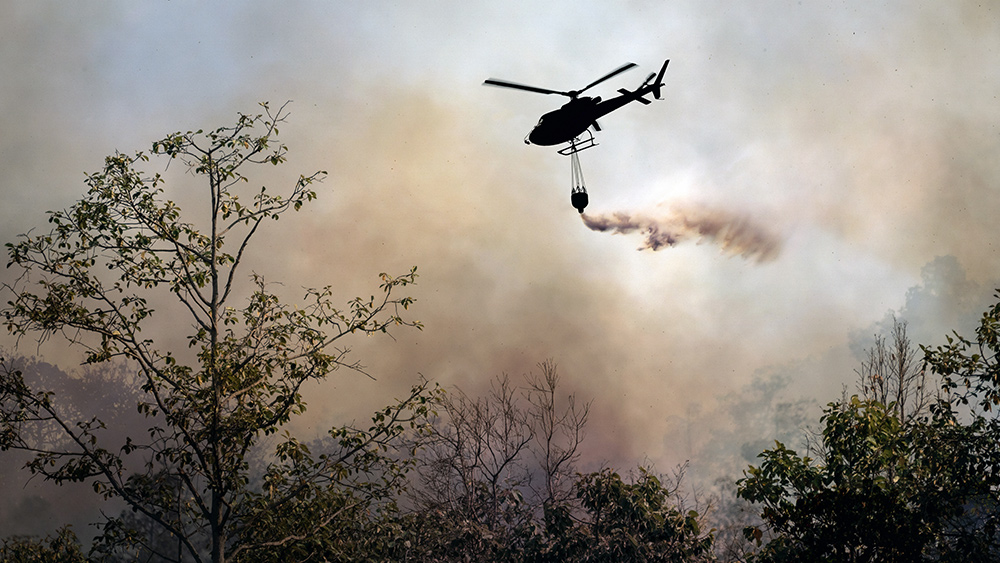
A new study published in the Science Advances journal shows that the levels of ozone in many popular parks matches those seen in some of America’s biggest metros. Researchers came to this conclusion after averaging the yearly ozone readings across 33 national parks during the years from 1990 to 2014. They then compared these figures to the levels of ozone that were recorded in the 20 biggest metropolitan areas of the United States. One of the study’s co-authors, Iowa State University's Environmental Economist Gabriel Lade, said he was surprised by the finding that the levels of ozone in national parks has matched those of cities since 1992. He said that he expected the figures to be quite different.
Ozone is a major air pollutant, although it’s worth noting that it can be either harmful or beneficial to people depending on where it happens to be in the atmosphere. For example, the ozone layer that hangs six miles above our planet is useful because it blocks out most of the ultraviolet rays from the sun that have been linked to cancer. At ground level, however, it’s another story entirely as it forms a serious respiratory hazard. This ozone forms when nitrogen oxide and volatile organic compounds from vehicle exhaust and other sources react; industrial byproducts can also play a role.
When people breathe this type of ozone, it can lead to long-term inflammation in the lungs and throat. This problem is particularly bad in the summer because sunlight and heat accelerate its formation. This means that the threat is greatest right in the middle of most popular time of year for people to visit national parks.
Park visitation drops when ozone levels spike
Interestingly, the researchers also discovered that park visitation dropped during times when ozone levels spiked. Lade believes that this indicates how much people value high-quality air, saying that visitors likely follow air quality alerts and opt to stay at home on days of high ozone.
Other researchers, however, believe that is unlikely. Although this could be true among environmentally-conscious locals who head to the parks at the last minute, many people reserve campsites at places like Yosemite months or even years in advance, and it’s hard to believe that they would abandon their plans based on air quality. Nevertheless, some researchers are calling for studies into determining if air quality alerts impact people’s decisions to visit the parks.
Poor air quality in national parks has been a concern for quite some time. In 2015, the national advocacy group National Parks Conservation Association released a report that gave some of the most popular parks poor grades on issues like haze an unhealthy air.
The researchers say that the ground level of ozone found in the parks is different depending on their location. For example, national parks in the eastern part of the country, such as the Cuyahoga Valley and the Great Smoky Mountains, are vulnerable to ozone forming from chemicals that come from coal and industrial production nearby. Meanwhile, pollution blows up from the Los Angeles area into parks like Joshua Tree, Sequoia and Yosemite.
If you’re looking to get away from urban smog, there are still parks you can visit that enjoy good air quality. Cornell University Environmental Economist Ivan Rudik points out that Glacier and Olympic National Parks have terrific air, even during the hotter months of the year.
Sources for this article include:
Please contact us for more information.























